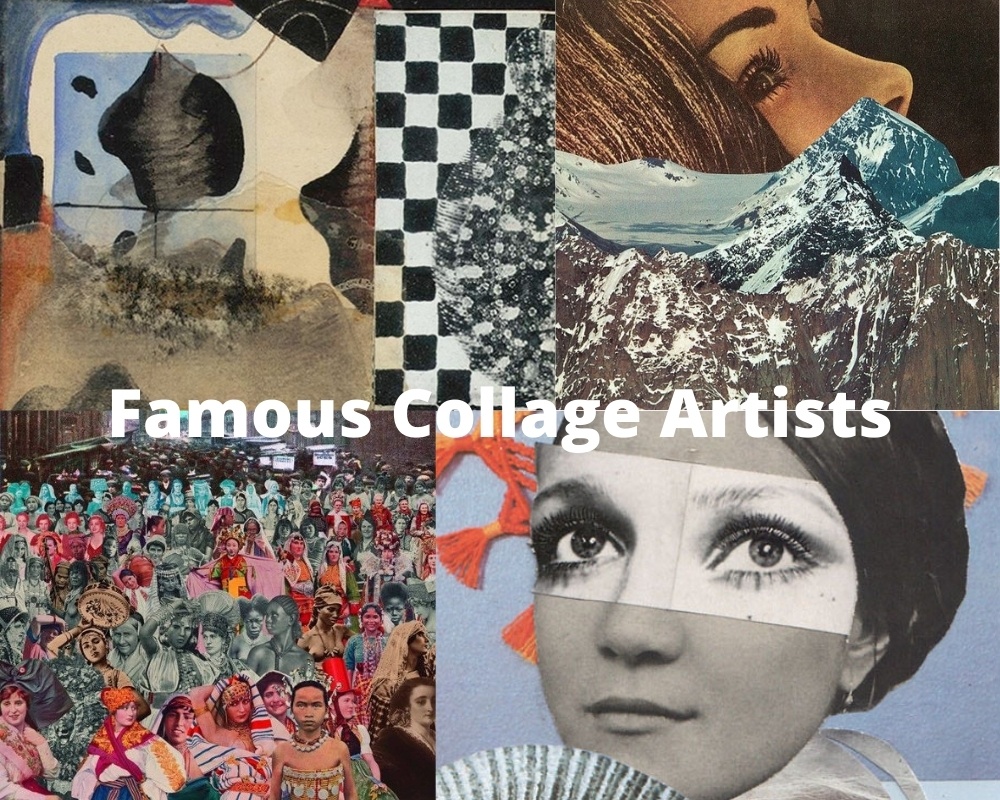The majority of early collage artists would have had strong roots in the Dada art movement.
However, it’s origins are somewhat earlier and has long been attributed to Pablo Picasso and Georges Braque.
Collage art has allowed artist to break free from the more traditional 2D forms on canvas and not only add an extra dimension but also texture and a never ending array of materials from which to work from.
Famous Collage Artists
1. Hannah Hoch
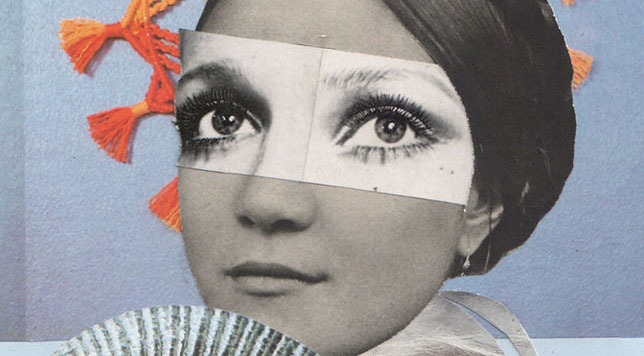
Hannah Hoch was a German artist who was born in 1889 and lived until 1978. She was well-known for creating political photomontage and collage artwork.
In these pieces, she took text and images from popular media and turned them into statements about the failings of the Weimar German government.
She focused her criticism specifically on gender issues and has become known as a pioneering feminist artist.
One of her more recognized pieces is Das schone madchen (The Beautiful Girl) which she made in 1920. This served as a reaction against the introduction of a certain kind of advertising that furthered ideals of beauty and came from the Western world.
Her partner was the artist, Raoul Haussman, who also was in this field of art. Like other artists following the Dada style, Hoch explored new modes of creation.
2. Man Ray
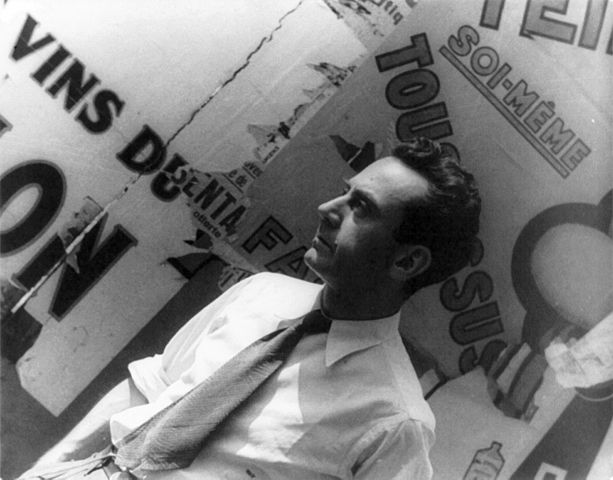
Man Ray (born Emmanuel Radnitzky in 1890) created artwork in the Surrealist and Dada styles. He moved from Paris to New York in 1922 after he already began making Dada art.
He came up with the idea for rayographs as a play on his name and photographs after he experimented with camera-less photography.
He wanted to turn art on its side with this as a reaction to the modern media culture that came about after World War I. His work was an experimentation with “chance and spontaneity”.
One example of Ray’s spontaneous creative nature is his piece titled The Rope Dancer Accompanies Herself with Her Shadows.
This was made using colored paper scattered randomly on the floor to come up with a color-block composition. It made great use of shadows, negative space, and favoring accident over purposeful compositional decisions.
Man Ray was an instrumental part of putting together the early exhibition programs at The Museum of Modern Art.
3. Peter Blake
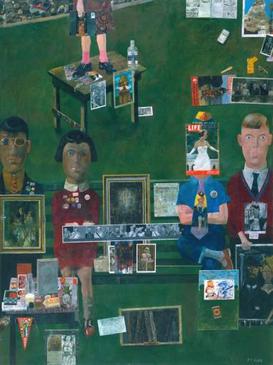
Sir Peter Thomas Blake, who was born in 1932, is a British pop artist. He became most known for his work on the sleeve design of Sgt. Pepper’s Lonely Hearts Club Band by the Beatles.
He also worked on two albums for The Who, the cover of Band Aid’s single “Do They Know It’s Christmas?”, as well as the Live Aid concert poster.
Blake painted with inspiration from images that he saw in popular culture. He used this to create collages that were bright, exciting, and “popped” from the canvas.
Because of Blake’s services to the world of art, he was knighted at Buckingham Palace in 2002. He is considered to be the godfather of the British Pop Art and Young British Artists movement.
Today, he’s retired from the art world yet he still does a great deal of artwork.
4. Eileen Agar
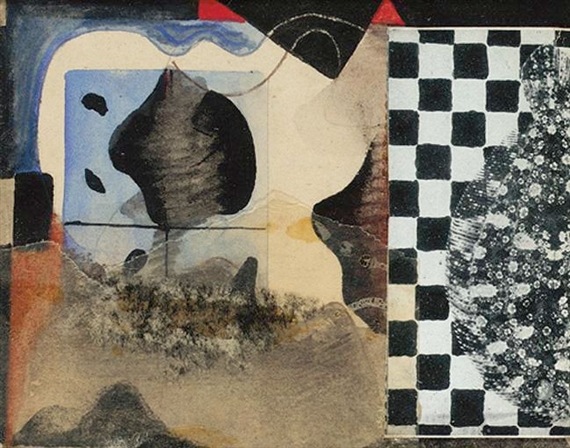
Eileen Agar was born in Argentina in 1899 and died in London in 1991. One of her most notable achievements was helping to ensure the spread of Surrealism to Britain from Paris in the 1930s.
Agar has sometimes been defined by male company she kept instead of her artistry.
However, she has been considered one of the most influential artists in the Surrealist movement with her adventurous streak.
She kept up her work well into her eighties and enjoyed exploring natural and organic forms as well as having a germinal power of imagination.
Agar chose to work with not only collage but also painting, sculpture, and photography. She also wrote a memoir titled A Look at My Life in 1988 that gave insight into the somewhat lost bohemian side to pre-war London and Paris.
This book helped to keep her work in people’s minds and it continued to be displayed and discussed now for years after her death.
5. Kurt Schwitters
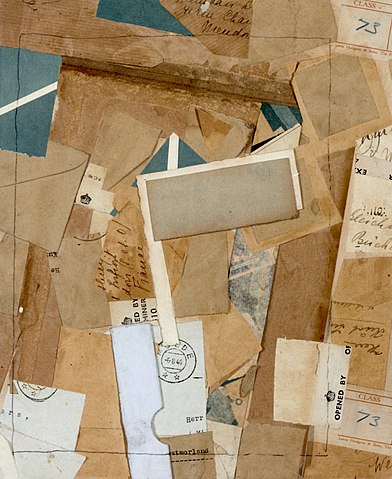
Kurt Schwitters is a poet, painter, and mixed-media artist who is most associated with the Dada movement.
He is well-known for creating assemblage and collage artwork. These pieces were made with imagery and text that Schwitters took from print media that were turned into layered, dynamic compositions.
In fact, he is remembered mostly for the masterful sense of composition he employed as well as his innovative mixed-media work.
Also Read: Famous Mosaic Artists
Schwitters began his studies at the Dresden Academy of Art in Germany. He first showed in 1918 in Berlin and at that point, was introduced to Dada artists Hannah Hoch, Raoul Hausmann, and Jean Arp.
He brought together materials that he found on the streets in Hannover in order to make assemblages. He did this in an effort to show that German culture was mostly in ruins.
These early works he called Merzbilder. Though Schwitters was in line with Dadaism, he was unlike other Berlin Dadaists because he was mainly interested in making art instead of engaging in political activism.
6. Raoul Hausmann
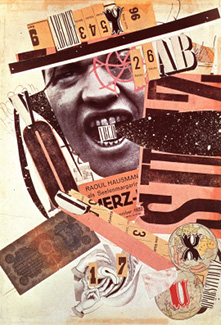
Raoul Hausmann was born in Austria in 1886 and he was introduced to art by his father, a painter. This would prove to be fateful as he became well-known for his work on photographs, photomontages, and collages.
He also wrote many pieces that discussed the Berlin Dada group during the 1920s.
A quote that reflects his view on art (and life) is “What is important is that our optical awareness rids itself of classical notions of beauty and opens itself more and more to the beauty of the instant”.
Hausmann’s early work came about after he moved to Berlin with his family in 1900. He worked in the Arthur Lewin-Funcke’s studio just a few years later and was introduced by Richard Huelsenbeck to the tenets of Dada in 1917.
At that point, much of his artwork was a representation of German Expressionism. After this, he exhibited his art alongside his lover, Hannah Hoch. He also wrote many essays and fled to Spain with his partners.
Hausmann’s works are currently in The Museum of Modern Art in New York City, along with the National Gallery of Art in Washington, D.C and the Tate Gallery in London.
7. Joseph Cornell
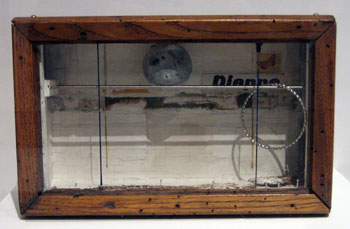
Joseph Cornell was born in 1903 in Nyack, New York. Though he went to school for science (he did not graduate), he became a textile salesman in 1921.
He explored New York City and saw a great deal of cultural resources that inspired him. Christian Science also would come to be a big influence on his work.
Also Read: New York Artists
Much of Cornell’s artwork has been said to be poetic, romantic, surrealistic, and lyrical.
Amazingly, he taught himself much about art and developed a sophisticated technique with his collages, box constructions, and also with the experimental films that he created during the 1930s.
He took inspiration from the humanities, sciences, and arts to put together collages that he made using found materials.
These works were based on his daily life experiences and the three-dimensional items that he found in theaters, books shops, antique fairs from New York as well as from people he knew around the United States and Europe.
Today, a collection of this work is at the Smithsonian American Art Museum, in a section designated as the Joseph Cornell Study Center.
8. John Stezaker
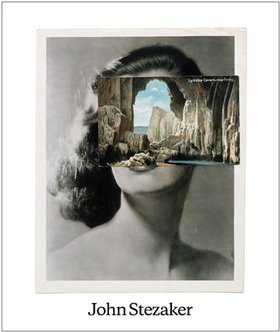
John Stezaker was born in 1949 in Worcester UK. He creates collages using photographs in order to re-examine some aspects of photographic images including as a symbol of modern culture and documentation of truth.
He brings together images from postcards, books, and magazines to use as “readymades”. Stezaker’s work has elegant juxtapositions that turn the original images into a means to portray his own unique, witty meanings.
One of his more popular artwork projects, the Marriage series, focuses on portraiture as a means of conveying public identity and a part of history.
In the series he brought together publicity photos of some classic movie stars. He did this in order to disorder the familiar to provoke uncanny sensations.
He also created unified characters with photographic elements of males and females as a way to showcase a kind of disjointed harmony that detracts from and complements the whole. These pieces are a good representation of Surrealism.
Stezaker has had his work shown in exhibitions in the UK, USA, and other countries around the world.
9. Nancy Spero
Nancy Spero was born in Ohio in 1926, though she did live in New York City for many years of her life. She worked with and married artist Leon Golub.
Her career as an artist and activist lasted for about fifty years. In her artwork, she dealt with elements of cultural, political, and social concerns.
As part of this, she created pieces that depicted apocalyptic violence and wars while also including the more celebratory cycles of life and ecstatic rebirth.
Some of the more famous works that Spero created include her paintings and collage on paper Notes in Time on Women (from 1979) and The First Language (from 1981).
Notes in Time on Women was turned into a digital scroll for the online magazine Triple Canopy in 2010 (the year after her death). Many of her pieces were placed in retrospective exhibitions at some top museums.
10. Jesse Treece
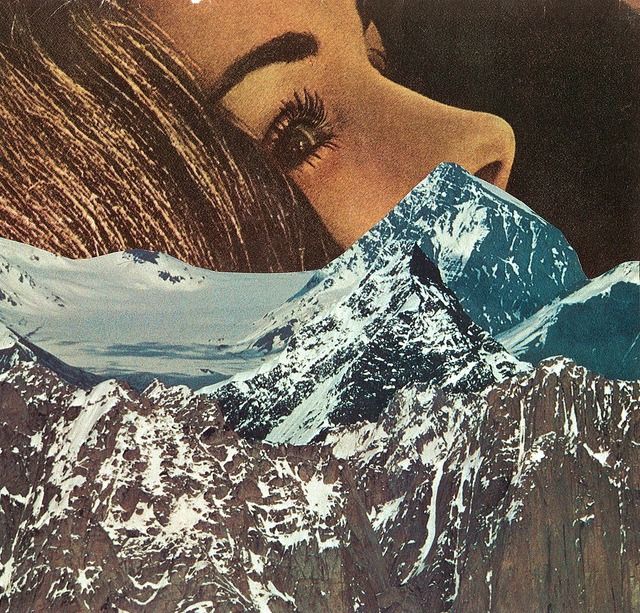
Jesse Treece is a collage artist who takes newspaper comic strips, architectural drawings, pieces of art Hayao Miyazaki and Salvador Dali, images from the 1960s and 1970s, and bits of dystopian science fiction books to create his work.
His pieces have been said to surprise and excite regardless of the current trends as his artwork is original and unique.
According to a quote from Jesse Treece himself, he just got started with one collage without too much thought, it snowballed and now it’s turned into an obsession after he felt the most satisfied with his work out of anything he’d created.
Treece is considered to be an instrumental player in the underground collage art movement. He was listed in AnOther Magazine’s top collage artist throughout the world.
He’s mostly self-taught though he has taken some art classes that were more on the casual side.
Treece excels when it comes to bringing together aspects of science and nature, beautiful and disturbing, and various other contradictions so that it makes a new picture to give food for thought.
11. Richard Hamilton
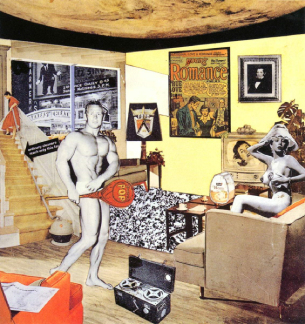
Richard William Hamilton CH (24 February 1922 – 13 September 2011) was a collage artist and painter from England.
Man, Machine, and Motion (Hatton Gallery, Newcastle upon Tyne, 1955) and his 1956 collage What is it about today’s houses that makes them so different, so appealing?, created for the Independent Group’s This Is Tomorrow show in London, are regarded by critics and historians to be among the early works of pop art.
The Tate Gallery has a comprehensive collection of Hamilton’s work throughout his entire career. The Kunstmuseum Winterthur acquired a significant donation of Hamilton’s prints in 1996, making it the world’s biggest repository of the artist’s prints.
Tate Modern hosted a major retrospective of his work till May 2014.

